North American economic experts believe the construction sector could rebound better and faster than people think.
Economists from the Associated General Contractors of America (AGC), the American Institute of Architects (AIA) and preconstruction software technology company ConstructConnect presented their thoughts on pandemic recovery during a webinar titled The Post(?)-Pandemic Outlook for Design & Construction.
Ken Simonson, chief economist for the AGC, explained while construction in the U.S. saw a tremendous drop during the first few months of the pandemic, some parts of the sector rapidly bounced back as projects resumed, home buying increased and supports from the federal government rolled out. He noted residential construction has continued to recover ahead of the pack.
Outside residential, kindergarten to grade 12 construction spending in the U.S. is showing positive signs but higher education work has not seen the same improvement, a trend he expects to continue.
Simonson expressed concern about the rising costs of materials while pay for jobs stays low, creating a crunch for contractors. Copper, diesel, brass, steel and lumber were especially high.
“This huge gap forces contractors to hold down their beds even as costs are soaring,” said Simonson, who added similar squeezes in the past have lasted as long as two years. “Materials folks are saying price pressures could last at least into the third quarter of this year and in some cases to the end of the year, so I think we are in for a long period of this.”
He was not quick to raise the issue of inflation.
“I am inclined to say these are all temporary adjustments,” he said. “The bigger concern is the workforce. If we do not allow enough immigrants to make up for retirements, we are in for a longer-term problem.”
He said while virus risks remain, he believes data shows economic recovery is more and more certain.
Kermit Baker, AIA’s chief economist and a senior research fellow at Harvard University, explained his architecture firm data, a leading indicator of construction activity, shows firms are beginning to take in more revenue after initially getting hit hard in early 2020. They also are mostly optimistic that the coming years will see projects and revenue recover.He said there are three major trends to keep an eye on. First, is location. Some are leaving major cities, public transit is being avoided and telecommuting options are becoming more the norm.
“Initially we saw a lot of households leave urban areas and those thinking of moving back, that depends on their ability to telecommute,” said Baker.
Second, Baker said he is seeing weaker demand for commercial facilities as ecommerce rises and travel has plummeted. This means less need for things like hotels, offices, car rental facilities and physical retail space.
His third trend was repurposing some of these unneeded spaces. He believes conversions to affordable housing, data centres or fulfillment centres could rise.
“During the past two recessions the Architecture Billings Index showed that the pathway to recovery was not direct,” said Baker. “It took a meandering path. Our current cycle started off much worse than those, has meandered a bit but we have seen several months of good scores. It does look like we are moving in a positive direction.”
Alex Carrick, chief economist for ConstructConnect, explained GDP growth in the U.S. last year was the worst ever since 1946.
“But we are expecting strong economic growth, there are lots of positives,” said Carrick who drilled down into what states he thinks will fare the best. Based on construction of data centres, state GDP, population changes, manufacturing ability, exports and other metrics, Carrick said Texas, Florida, Washington State, Arizona, North Carolina and Georgia are his picks for future economic performance. He said they are closely followed by Utah, Colorado, Virginia and Tennessee.
Carrick said initial jobless claims, one of his favourite indicators, are going down in the U.S., which is one of the reasons he is bullish on recovery. And since some 2020 numbers were so low, year-over-year changes will spike, increasing confidence.
“We have been fasting for a year, denying ourselves meals out and concerts and other things, and this is going to change,” said Carrick. “With the vaccine rollout people will be more confident about socializing and all kinds of people in the economy who are addicted to travel could see that come back.”
Follow the author on Twitter @RussellReports.


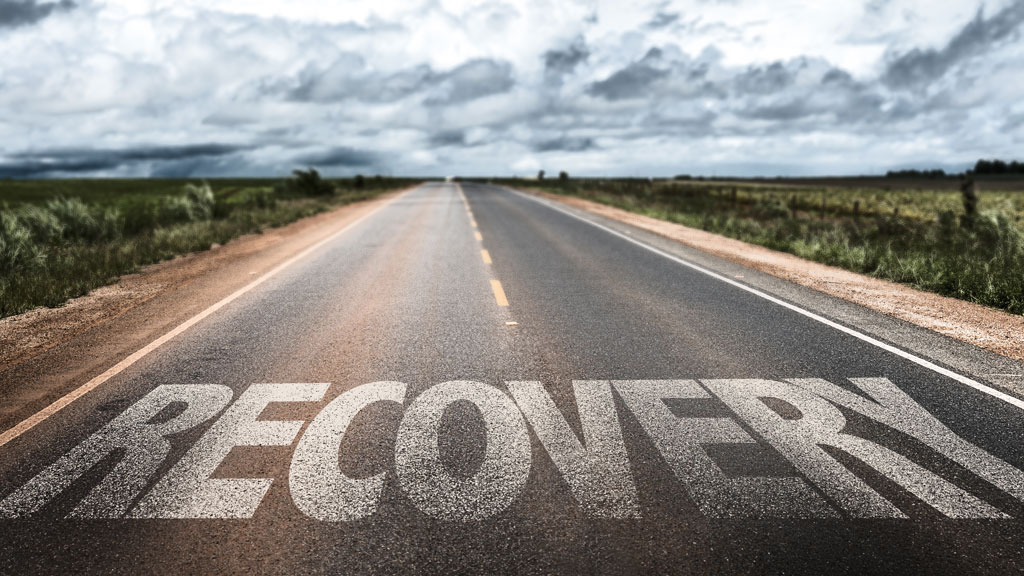
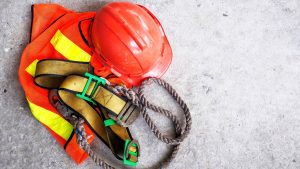

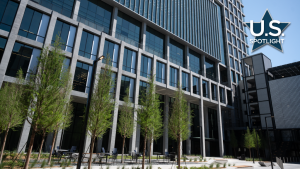


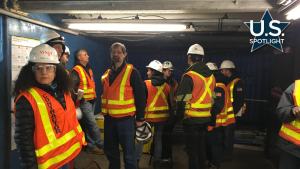

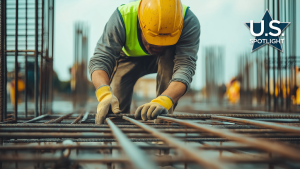
Recent Comments
comments for this post are closed